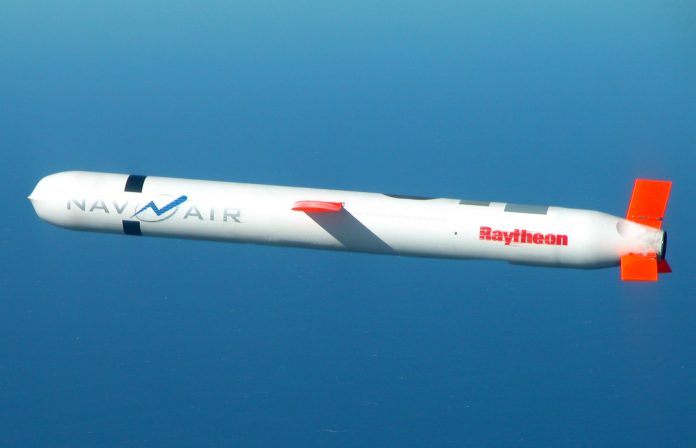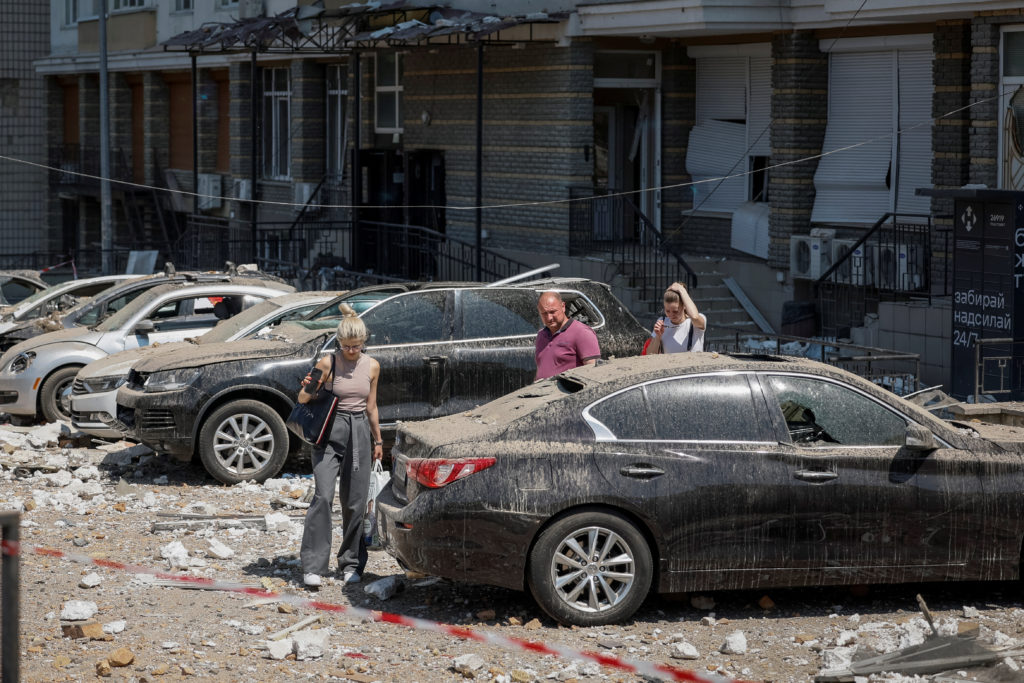
“War is no longer limited to the front lines; it buzzes overhead, quiet until it hits.” For three nights running, Moscow has endured swarms of Ukrainian drones, a rate of attack that illustrates the extent to which unmanned systems have come to dominate coincident warfare. The Russian capital, long thought to be beyond the reach of direct attack, is now a regular target in a campaign that marries technological sophistication with strategic communications.
These strikes are not singular events but rather part of a wider escalation in Ukraine’s long-range drone war. From oil refineries to airbases, and now the skies over Moscow itself, Ukraine’s drones are rewriting the operational landscape and forcing Russia to redeploy advanced air defenses to protect its political and economic center. The following nine points explain the scope, sophistication, and strategic consequences of this campaign.

1. Moscow’s Airspace Under Sustained Pressure
The attack closed both Domodedovo and Zhukovsky airports to civilian air traffic and forced emergency air defense deployments. Mayor Sergey Sobyanin confirmed trash in several suburbs, with explosions in Serpukhov, Ramenskoye, and Bronnitsy. This is a third day running, part of a pattern in which Russia has spoken of intercepting 193 drones on a single night. The impact on aviation and the observable engagement of defenses in the capital is operational and psychological.

2. Strategic Targeting of Russia’s Energy Infrastructure
Ukraine’s drone attacks have targeted oil refineries deep within Russia on multiple occasions, such as the large Ryazan facility, resulting in fires and production shutdowns. Coordinated attacks on refineries helped bring Russian oil exports to a historic low in late 2024 and early 2025, with independent analysts estimating the economic loss at more than $700 million. Not only do such strikes undermine military fuel supplies, but they also hit one of Russia’s most vital sources of revenue.

3. Escalation in Long-Range One-Way Attack Drones
The employment of one-way long-range attack (OWA) drones has accelerated since 2024, with Ukraine presenting examples such as Liutyi and Bober for ranges of up to 3,000 km. Analysts state that these systems equate the range of cruise missiles with decreased production prices, allowing massed attacks that can evade partial air defense coverage. This capability has opened the list of targets of consideration to encompass radar facilities, army storage facilities, and industrial installations remote from the front.
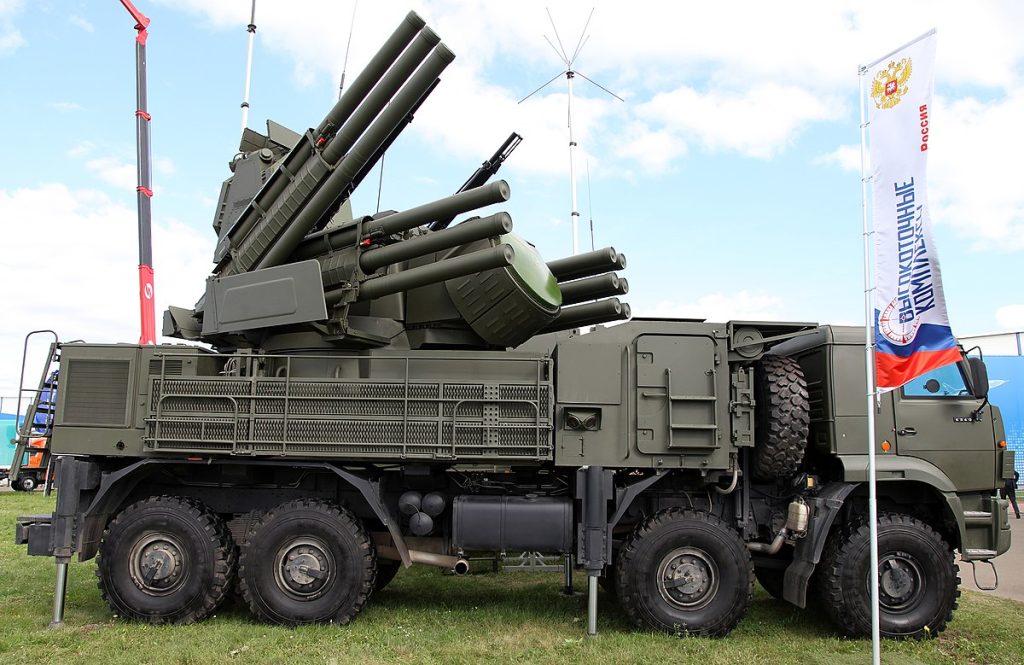
4. Forcing Russia to Reallocate Air Defenses
Ukrainian intelligence head Kyrylo Budanov made the point that the concentration of anti-aircraft capabilities around Moscow and St. Petersburg makes other areas vulnerable. The apparent redeployment of S-300 and S-400 batteries to defend the capital diminishes coverage over occupied areas and logistical centers, providing potential for Ukrainian attacks in other locations. This reallocation is a key objective of the campaign: thinning out Russian defenses.

5. Russian Countermeasures and Their Limits
Russia has countered with rooftop Pantsir systems, GNSS jamming, and even calling up reservists to protect refineries. But military bloggers also regularly object to the tardy deployment of interceptor drones as well as the weakness of current systems against low-flying, small-sized UAVs. Without coordinated radar and rapid response, ad hoc solutions—like small arms fire by untrained troops—risks without ensuring interception.
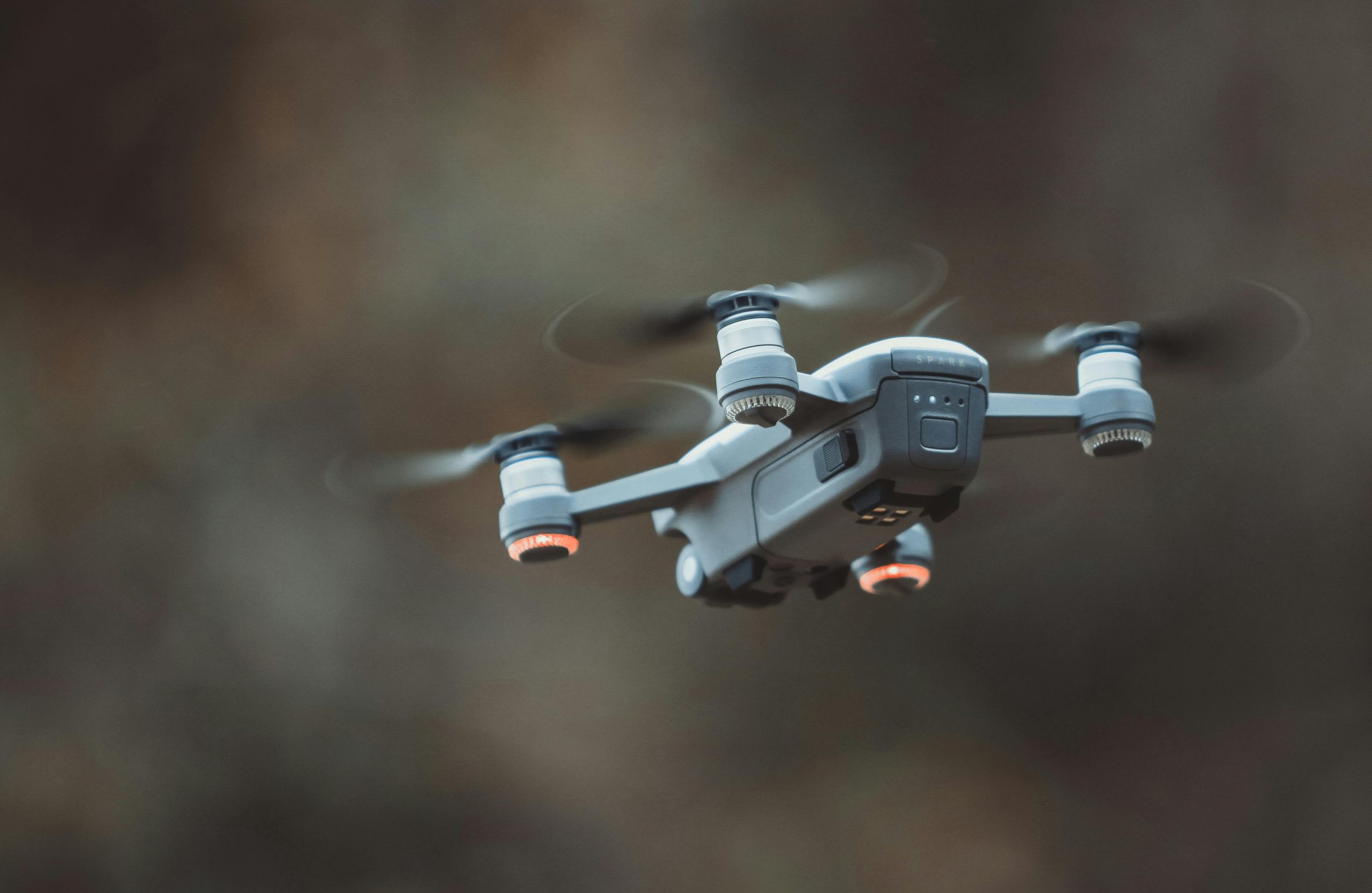
6. Ukrainian Innovation in Drone Design
Ukraine’s unmanned air force ranges from FPV quadcopters, farm drones converted into bombers, mothership UAVs with multiple strike drones carried under them, and naval drones that have sunk a third of Russia’s Black Sea Fleet. Integration of AI to provide autonomous navigation and target recognition, and fiber-optic control links to outsmart jamming, are all battlefield-inspired innovation examples. Such evolution enables Ukraine to customize platforms for strike, reconnaissance, logistics, and even prisoner capture missions.
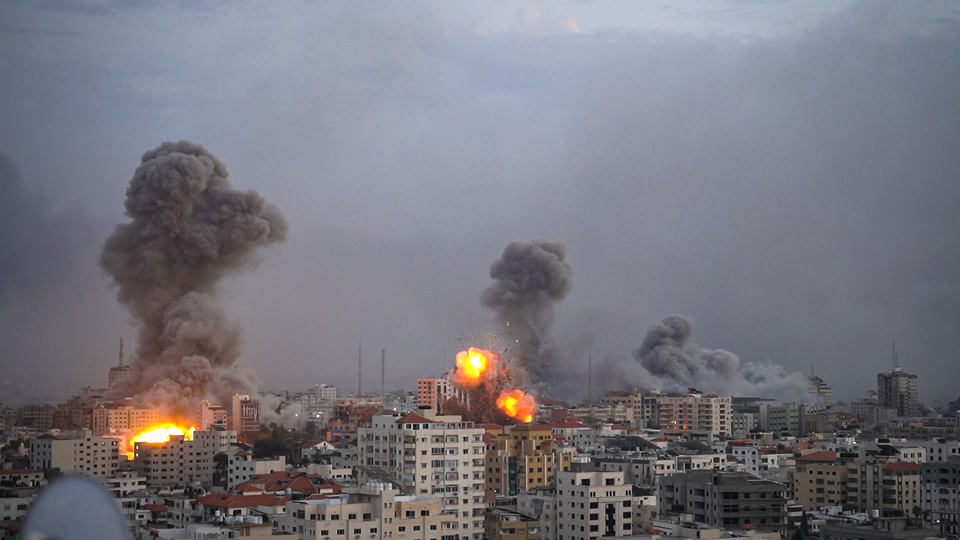
7. Economic and Psychological Warfare
In addition to physical destruction, the airstrikes seek to undermine confidence levels among Russia’s political elite and urban citizens. Repeated air attempt, plumes of smoke above industrial areas, and the shutdown of key airports test the Kremlin’s security messaging. Experts propose that prolonged disruptions in Moscow may alter elite perceptions, particularly if economic costs accumulate with apparent security failures.
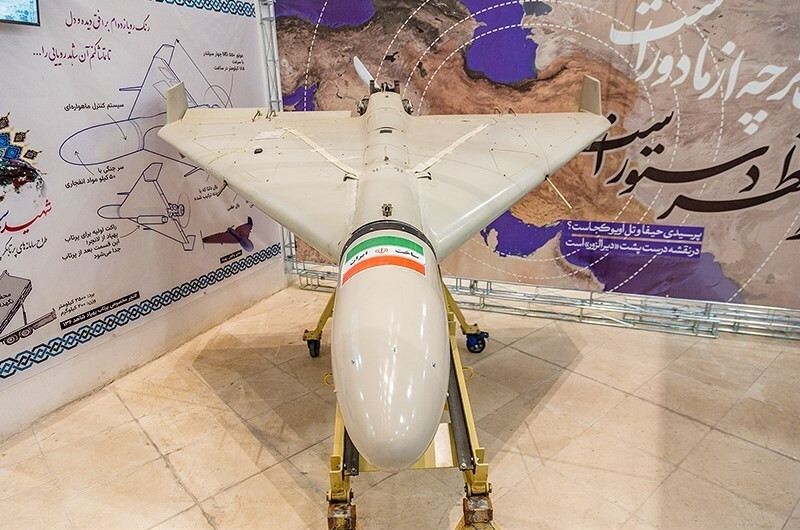
8. Cost-Exchange Dynamics Favoring Ukraine
Russian Shahed-type drones are estimated to cost $35,000 each, but it costs Ukraine hundreds of thousands of dollars per interceptor to take them down with high-end SAMs. In contrast, Ukraine’s homegrown strike drones can be produced in quantity at relatively modest cost and deployed to saturation levels to compel Russia to burn expensive grab. This asymmetry forms the basis for the strategic sustainability of the campaign.
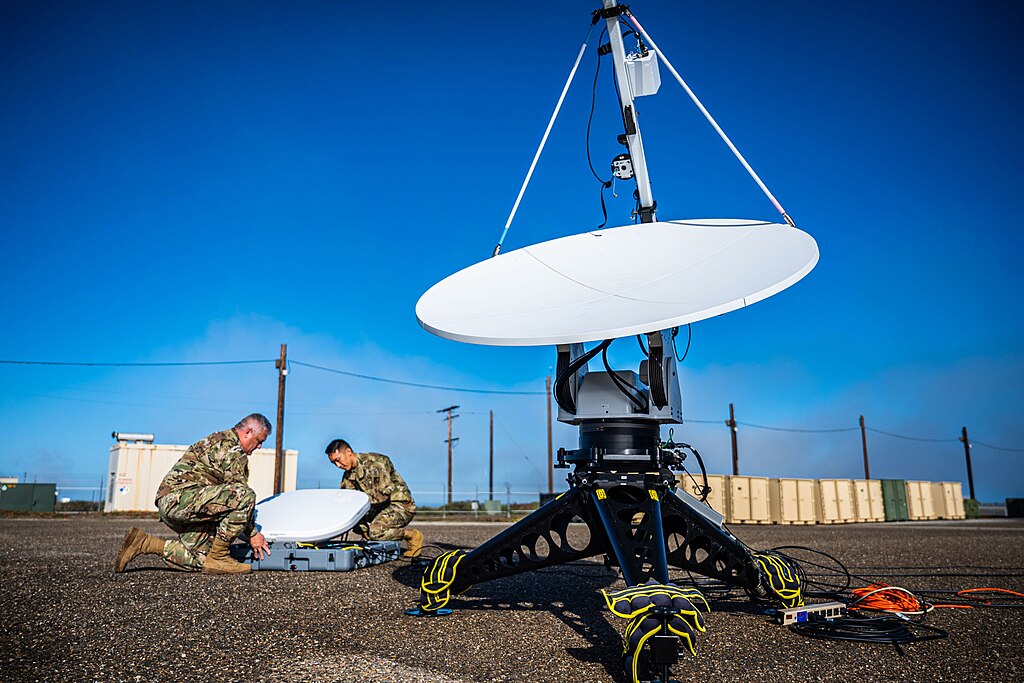
9. Implications for Future Air Defense
The Moscow raids underscore the imperative for layered, responsive defenses. CSIS experts have recommended combining high-energy lasers, electronic warfare, and low-cost grab as a solution to defeating saturation. For Russia, the challenge is protecting enormous space and key infrastructure without diverting resources from the front lines. For Ukraine’s allies, the moral is obvious: new air defense must be fiscally sustainable against massed, low-cost threats.
The sustained drone assault against Moscow is more than a tactical irritant it is a strategic tool. By marrying technological agility with persistent operational rhythm, Ukraine is forcing Russia to defend its central domain, take economic shocks, and grip with the weaknesses of its air defense system. As each side hones their unmanned fleets, the struggle for the skies will be an instrumental theater in the war’s next chapter.
